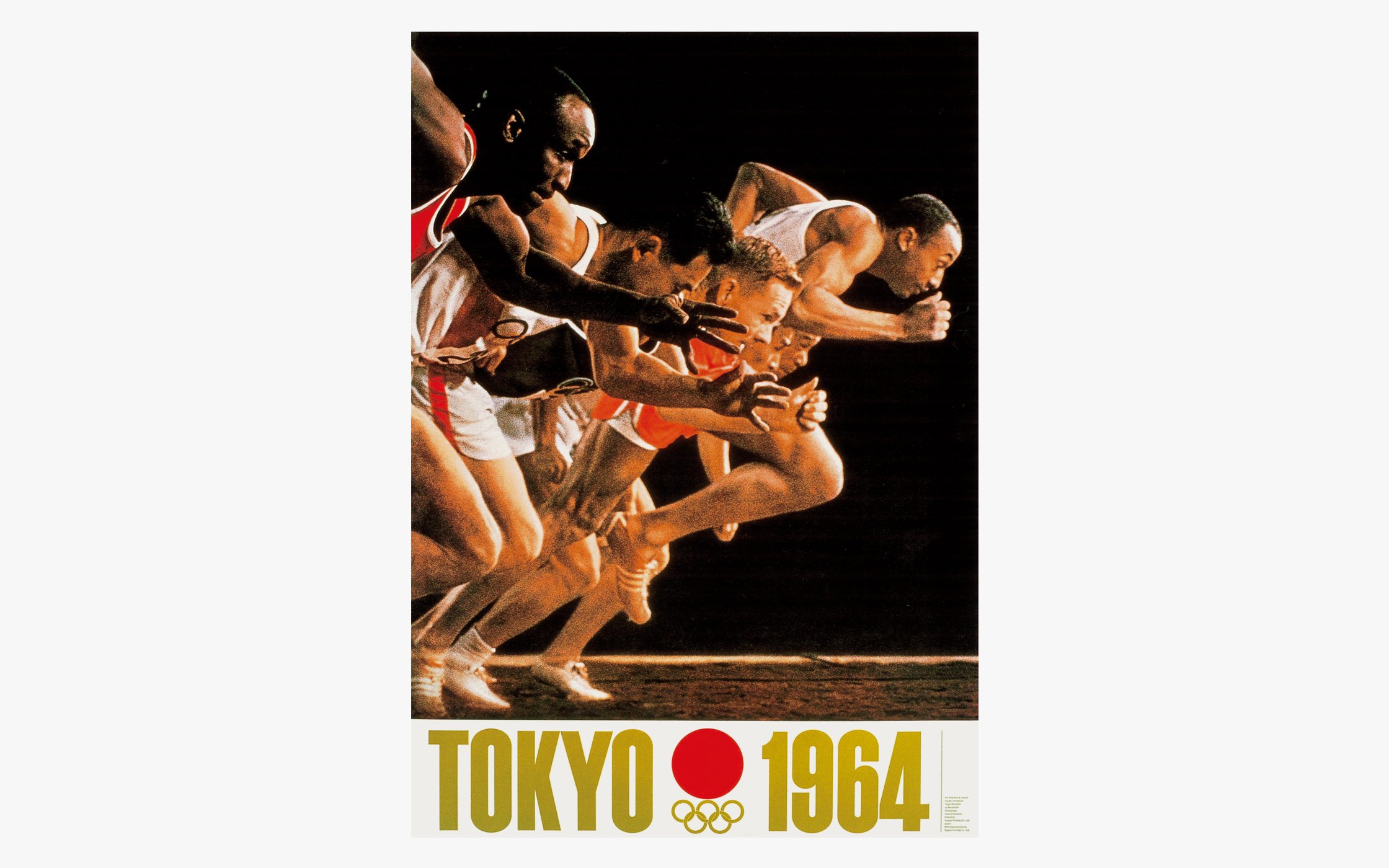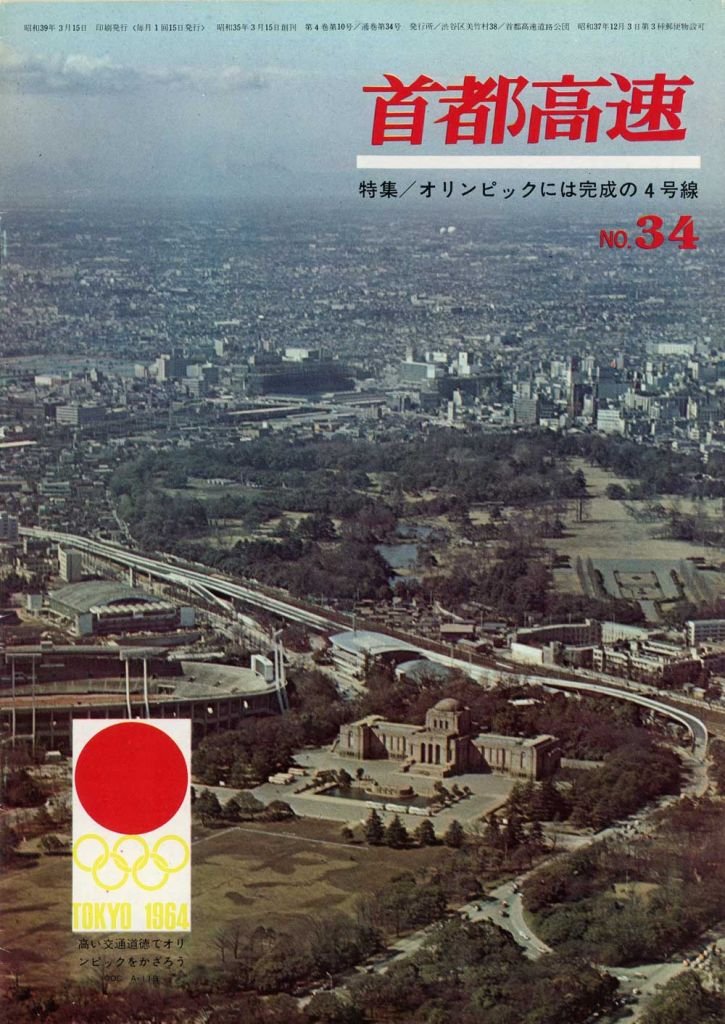1964 OLYMPICS: Tokyo’s Rebirth
1964, the year that Tokyo last hosted the Olympic Games, marked a turning point as Japan relaunched onto the world stage as a peaceful and economically emerging nation. Suffering through years of post war destitution and American Occupation, Japan had rebuilt itself from the ground up and was ready to show the world.
The honor of being selected as the first Asian city to host the Olympics had originally been awarded to Tokyo in 1940. However, the games were cancelled with the outbreak of war in the Pacific. Fortunately, Tokyo would re-earn the right in 1959 when they won the bid to host the 1964 games.
Still struggling financially in 1959, the Japanese government recognized the transformative potential of the games. The event afforded the nation’s leaders a rare chance to make sweeping changes to the metropolis with public support charged by anticipation. The slogan for the 1964 Olympics was “faster, higher, stronger” and the government would live by this.
With 5 years to transform Tokyo from a ramshackle wooden mess with outdated sewerage systems - the Government spent close to 100% of the national budget on a complete overhaul. The leadup to the games saw the development of the Metropolitan Expressway, luxury hotels (such as the New Otani) and gave the Japanese government sufficient influence to reclaim large areas of land from the US military. Huge tracts of land in central Tokyo were taken back and used for new stadiums such as Kenzo Tange’s famous Yoyogi Gymnasium.
There were undoubtedly negative impacts of this rapid evolution. Increased industrial pollution turned Tokyo’s estuaries into cesspools and gentrification of urban areas led to greater social disparity. However, the 1964 games still stand today as a symbol for the beginning of Japan’s meteoric economic rise and were critical in the formation of one of the world’s largest mega cities.
As if the games themselves weren’t already symbolic enough, the person chosen to light the Olympic cauldron was Yoshinori Sakai - a man born in Hiroshima on the day the atom bomb detonated. The photos that would emerge of Sakai standing beside the cauldron could not have been any more poignant.






